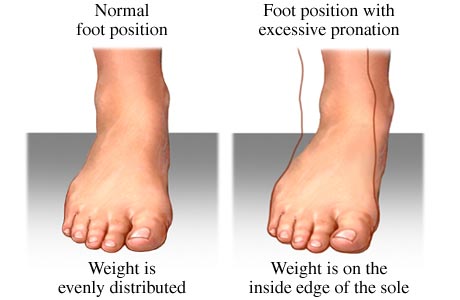Do You Have Hard Skin On The Bottom Of Your Foot?
I'm going to be talking about foot care so if feet turn your stomach, give this post a miss! It's easy to ignore how your feet look during the cold-weather months when you hide your feet in your shoes. Wearing the right shoes is an important aspect of foot health. I enjoy cleaning cars - I know, it's a weird hobby. So many women are of the belief that crow's feet is impossible to remove or at least extremely hard to get rid of quickly.
This is a condition in which the subtaler joint in the foot over pronates (rolls in too much). Flat feet insoles have been used for years to help people with flat feet. It cups the heel and supports the arch but because it is not flexible it does not extend the full length of the foot. Corns and calluses are areas of hard, thickened skin that develop when the skin is exposed to excessive pressure or friction. They�commonly occur on the feet and can cause pain and discomfort when you walk. Corns are small circles of thick skin that usually develop on the tops and sides of toes or on the sole of the foot. Corns�are often caused by�wearing shoes that fit poorly or�certain designs that place excessive pressure on an area of the foot. Calluses are hard, rough areas of skin that are often yellowish in colour.
You can also take a mineral supplement as the detoxification will pull out some of the minerals that are naturally bound with the heavy metals and toxins that are eliminated during the bath. However, others speculate that the color change occurs not because of toxins being released, but because of the salt reacting with the ionic cartridge, which would take place even without soaking your feet. There is no better way than coming home to a relaxing and soothing foot detox bath after a long, hard day at work.
Hands at times also get infected with calluses, but the use of pumice stone is not advised for removal of calluses on hands. The process is a bit slow, but the treatment is permanent and guaranteed without any side effect. There are surgical treatments as well where your doctor will cut the hard skin but only few people resort to this option. As far as medication is concerned salicylic acid ointments is often used to remove the hard portions of the skin. Complications caused by calluses should be consulted with podiatrist as it can also cause infection in certain number of ways. The treatment of callus depends upon its nature and severity. But some of the treatments out there are very hard and damaging to your skin.
Your podiatrist will need to check with you about where exactly you're experiencing swelling (is it just in your foot or is your leg swollen as well, for example), whether it comes and goes during certain times of the day (morning versus evening), whether anything makes it better or worse, and any other symptoms you may be experiencing.

This is a condition in which the subtaler joint in the foot over pronates (rolls in too much). Flat feet insoles have been used for years to help people with flat feet. It cups the heel and supports the arch but because it is not flexible it does not extend the full length of the foot. Corns and calluses are areas of hard, thickened skin that develop when the skin is exposed to excessive pressure or friction. They�commonly occur on the feet and can cause pain and discomfort when you walk. Corns are small circles of thick skin that usually develop on the tops and sides of toes or on the sole of the foot. Corns�are often caused by�wearing shoes that fit poorly or�certain designs that place excessive pressure on an area of the foot. Calluses are hard, rough areas of skin that are often yellowish in colour.
You can also take a mineral supplement as the detoxification will pull out some of the minerals that are naturally bound with the heavy metals and toxins that are eliminated during the bath. However, others speculate that the color change occurs not because of toxins being released, but because of the salt reacting with the ionic cartridge, which would take place even without soaking your feet. There is no better way than coming home to a relaxing and soothing foot detox bath after a long, hard day at work.

Hands at times also get infected with calluses, but the use of pumice stone is not advised for removal of calluses on hands. The process is a bit slow, but the treatment is permanent and guaranteed without any side effect. There are surgical treatments as well where your doctor will cut the hard skin but only few people resort to this option. As far as medication is concerned salicylic acid ointments is often used to remove the hard portions of the skin. Complications caused by calluses should be consulted with podiatrist as it can also cause infection in certain number of ways. The treatment of callus depends upon its nature and severity. But some of the treatments out there are very hard and damaging to your skin.
Your podiatrist will need to check with you about where exactly you're experiencing swelling (is it just in your foot or is your leg swollen as well, for example), whether it comes and goes during certain times of the day (morning versus evening), whether anything makes it better or worse, and any other symptoms you may be experiencing.